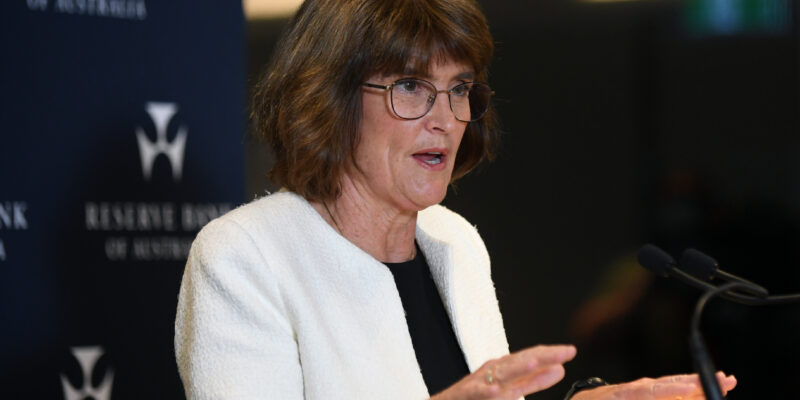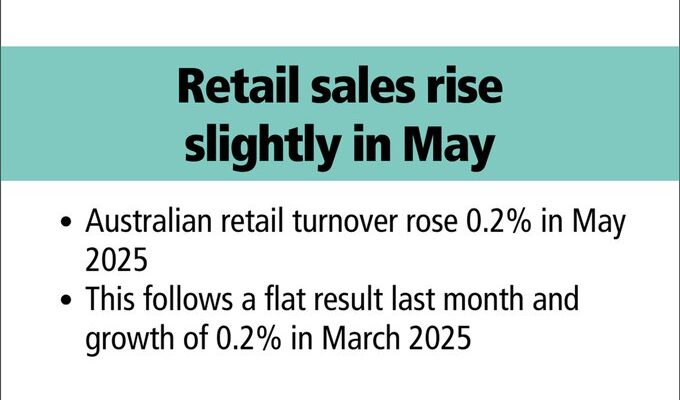Migration into the regions at highest level since March 2022
Moves to regional Australia are 80 per cent above the pre-COVID average, according to a new report.

REGIONAL Australia is the nation’s destination of choice with rural moves 80 per cent above the pre-COVID average, according to the latest Regional Movers Index report.
Data shows that city dwellers are continuing to relocate out of metropolitan areas – and regional Australians are increasingly staying put.
Regional Australia Institute (RAI) CEO Liz Ritchie said data from the September 2024 quarter report shows city-to-regional relocations are now sitting at 19.8 per cent above the pre-Covid average and 1.8 per cent above the average recorded during the height of lockdowns.
“In contrast, the inter-regional migration index —which tracks regional to regional relocations — has fallen by 5.1 per cent, suggesting that more regional residents are content to stay where they are,” she said.
“With the continuing strong jobs market across regional Australia, increasing city property prices and ongoing cost-of-living pressures, it’s no surprise the regions remain desirable.
“The net migration index, measuring the population flow into regional Australia, is now sitting at its highest level since March 2022, and is 80 per cent above the pre-COVID average.
“It’s vital this demographic shift is recognised, and regional communities are provided with the infrastructure, services and support they need. As a nation, we must acknowledge that we are in a new era of migration where regional Australia is at the forefront.”
Maitland, a city of over 90,000 near Newcastle, is typical of the go-to hotspots.
Regional Victoria is also seeing a surge in popularity, capturing four of the top five hotspots for net internal migration, including Wangaratta, Queenscliffe, Strathbogie, and Moira.
These areas have affordable, scenic lifestyles and proximity to employment hubs like Geelong and Melbourne. Industries such as agribusiness, logistics, healthcare, and education stand to benefit from the migration trend.
The east coast remains a major draw for city movers, accounting for 90% of net regional inflows.
Regional NSW leads with a 36% share, followed by Victoria (30%) and Queensland (24%). Smaller communities like Port Stephens and Ballina in NSW and Toowoomba in Queensland are also emerging as growth hotspots, offering affordable living and robust local economies.
Regional Australia’s rising population highlights the need for strategic planning to address challenges like housing. “The time to lay foundations for sustained growth is now,” said Ms. Ritchie, emphasizing the opportunities and responsibilities accompanying the regions’ expansion.




